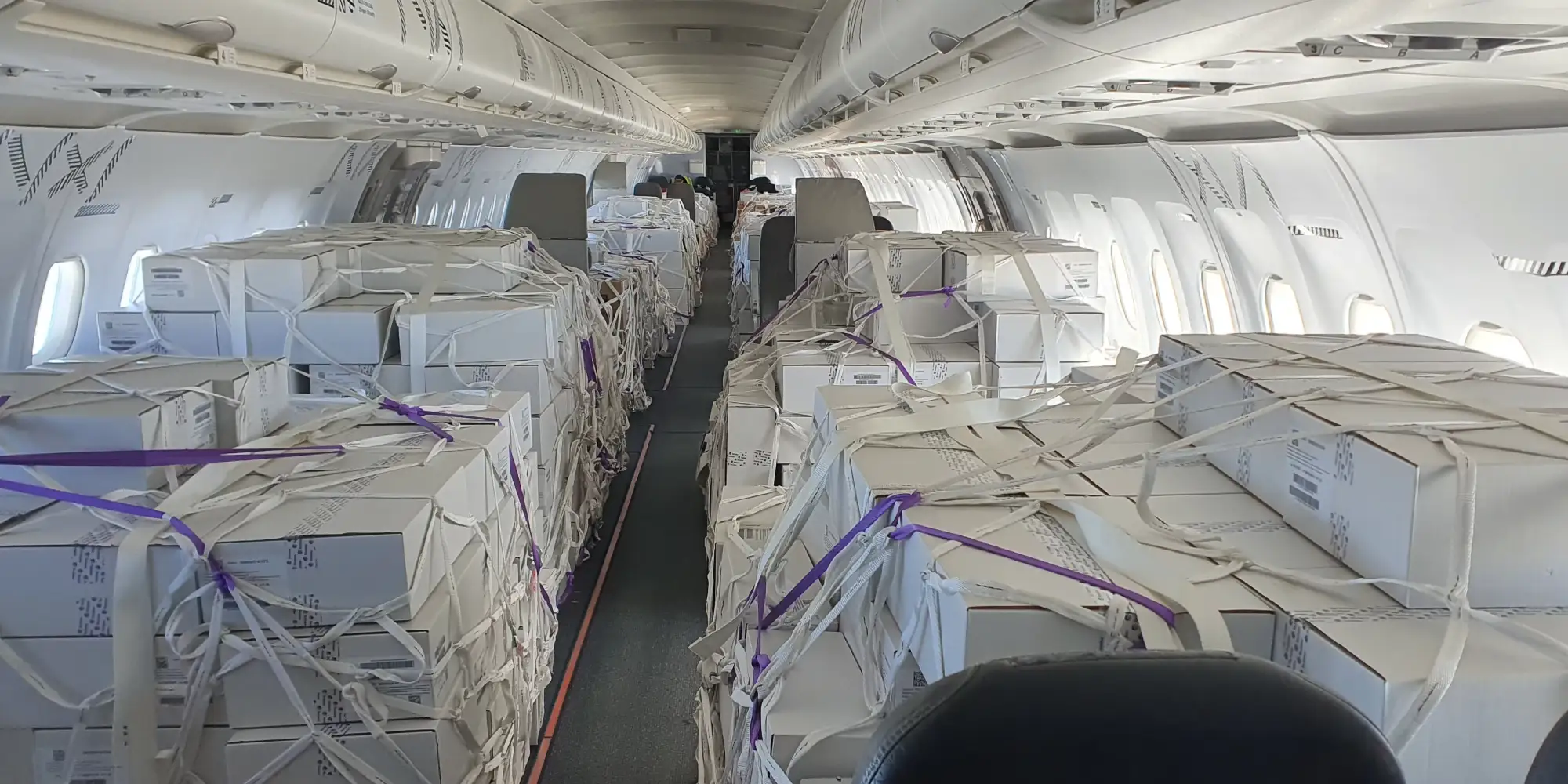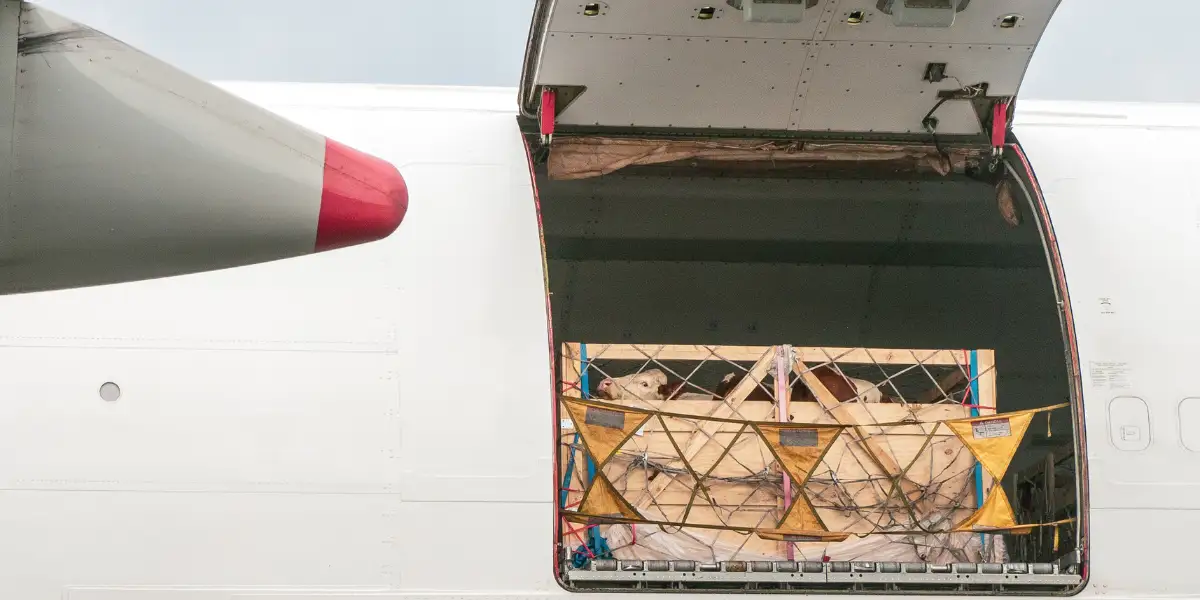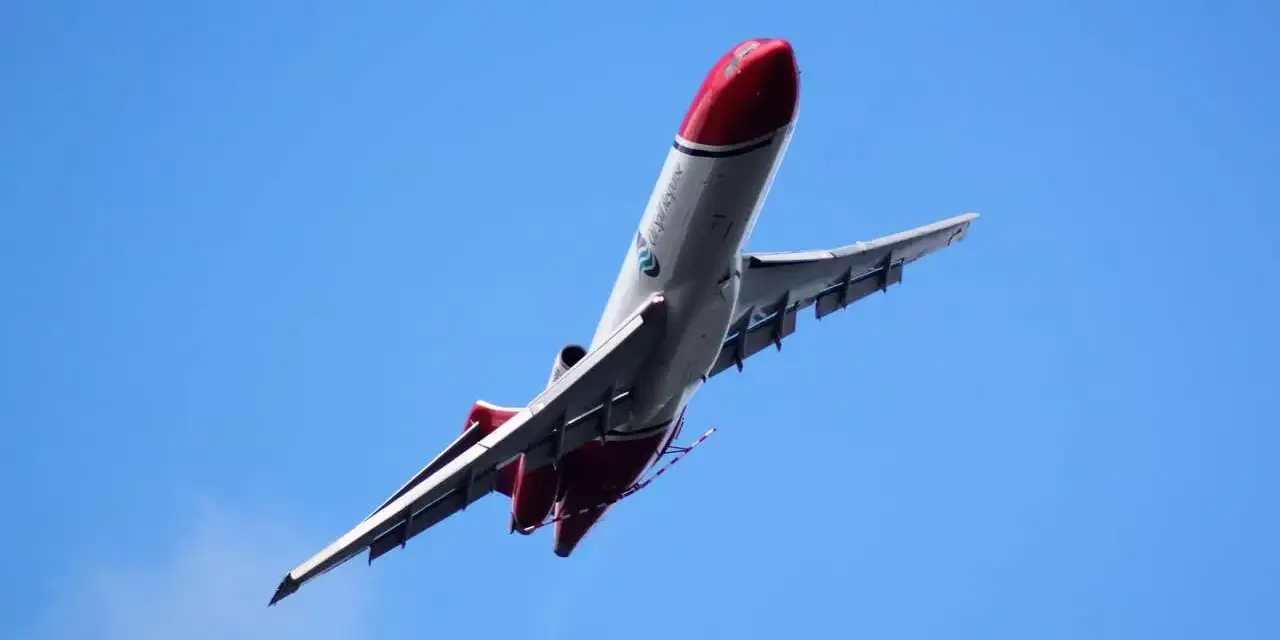Increasing cargo transport volume of an A321 aircraft
Our customer, a charter airline operating a fleet of more than 20 Airbus A320 and A321, needed to react quickly to the COVID crisis. Passenger...
Our customer is currently modifying an Airbus A321-200 passenger aircraft into a freighter and required support for various aspects of the modification process. The technical complexity of a passenger to freighter conversion is extremely high and is a major modification programme. Any changes to the original aircraft require a detailed analysis of the proposed changes and the presentation of design evidence to the applicable certification authorities for airworthiness clearance. The certification basis for this programme has been agreed with the FAA under a Supplemental Type Certificate (STC) and will also be validated by the European Aviation Safety Agency (EASA) and the Civil Aviation Administration of China (CAAC).
One of the key aspects of a passenger to freighter conversion programme is the provision of a cargo door into what used to be the passenger cabin. This, along with the placement of cargo throughout the aircraft, has a significant impact on the stiffness and mass distribution of the aircraft. The downstream effect of this is a change in dynamic behaviour, affecting aircraft loads and aeroelasticity. Any internal systems that might be routed in the modified areas will also be affected. Stirling was approached to support these activities due to a unique set of skills in aerospace technical services and significant experience in delivering aircraft modification programmes to our clients.
Initially tasked with calculating the airframe loads, as an added challenge to the project, Stirling was tasked with reverse engineering the landing gear, airframe structure and aerodynamics in the absence of OEM data to support the proposed modifications design process.
Airframe loads analysis was carried out ‘by comparison’, i.e. loads were calculated for the unmodified (passenger) aircraft and the modified (freighter) aircraft and compared. Where loads for the modified aircraft were shown to be higher than the unmodified aircraft, further investigation is required, either to analyse in more detail, restrict operations (loading, flight envelope), or reinforce. These different options were presented to the customer for their consideration.
Reverse engineering is a core service that Stirling can provide as our niche capabilities and experience enable us to recreate accurate data for a fraction of the cost of purchasing from the original OEM. Characterisation of the landing gear and airframe was mainly achieved by flight test, managed by the Stirling team. This flight test data allowed models used to be validated, a requirement for certification.
Stirling was also tasked with redesigning the environmental control system to remove passenger air distribution ducting and permit the cargo cabin air supply to be isolated in the event of a fire. This included performance, certification planning and design activities. An investigation was also carried out to assess the effect of modifying the avionics cooling system to restore performance after partial removal of the skin heat exchanger due to structural changes.
Stirling’s activity on the project has allowed the customer to move forward to the next stage of the certification process in order to secure an STC with the FAA.

Our customer, a charter airline operating a fleet of more than 20 Airbus A320 and A321, needed to react quickly to the COVID crisis. Passenger...

With the rise of ageing airline fleets and a drive towards modernisation of passenger airliners, the inevitable time will come when operators face a...

Modifying ageing aircraft always presents a challenge, not only with regard to gaining access to original data, but also from the variability of...